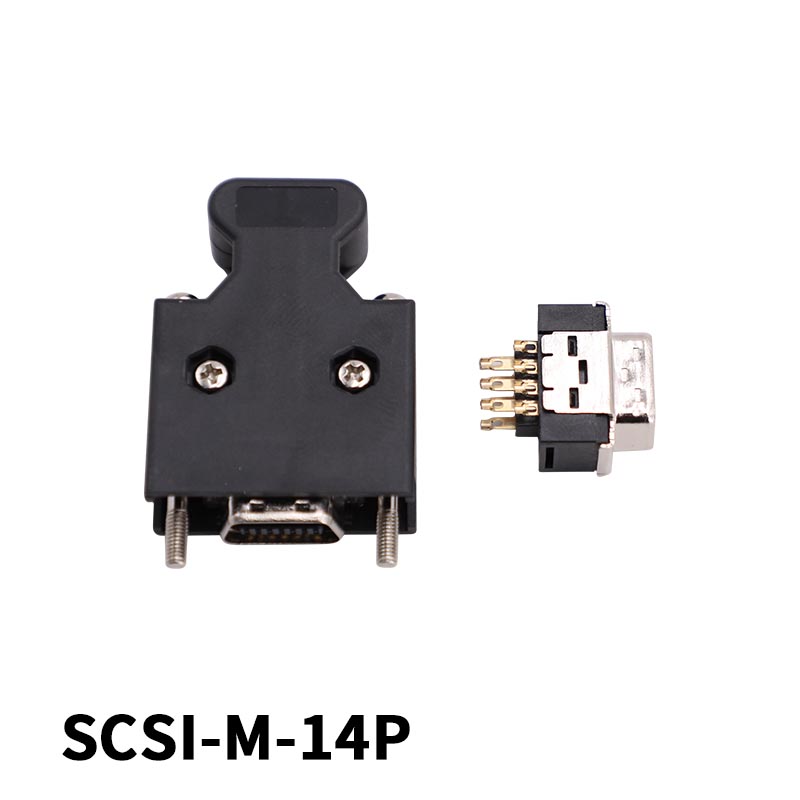The SCSI Controller is a component of the SCSI bus and is also known as the SCSI host, SCSI bus, or device interface. The controller is part of the peripheral subsystem and must work in harmony with the rest of the system. The SCSI Controller can be built into the system's main logic board or be added using a PCI Express card. This article will discuss the basics of SCSI and how it works.
The SCSI ID is assigned to each device on the SCSI bus. Each device can have multiple logical units. These logical units are addressed by their unique SCSI ID. Simple devices have only one lu number while more complicated devices have several. The SCSI ID must match the logical unit number of each device to avoid conflicts in data transfer. To find the correct SCSI ID, you can search for it in the SCSI configuration utility.
To use SCSI, a controller must be connected to the devices it manages. A SCSI interface can connect two hard disks to one SCSI controller. A cable is used to connect the two. An SCSI interface contains a connector that can be inserted into either a drive or a network port. The connectors are attached to the computer using SCSI cables. SCSI controllers must be able to manage multiple devices.

SCSI is a chain of devices that must terminate the SCSI signal at the end. This ensures that the signal doesn't bounce back and interfere with the original signal. This can cause interference and even signal loss. There are several ways to terminate the SCSI signal. Some of these include placing a discrete terminating resistor at the end of the chain. Some of these methods are also done automatically by software. However, some devices require a physical terminator to work properly.
In addition to SCSI port numbers, a SCSI controller must support a target identifier. This identifier is also called a target ID. A target ID is the name of a device that connects to the system. An SCSI controller should be able to identify each of its devices. Identifying SCSI devices is not difficult. All the SCSI ports in a home or business should be labelled appropriately.
When connecting to a SCSI device, a SCSI controller can assign the device to a device that needs to be connected. It is the SCSI bus that is connected to the devices. A SCSI controller can assign existing hard disks to new ones. It can also reassign new devices. A SCSI domain can be a logically accessed SCSI port. These SCSI ports are used for a variety of different purposes and are separated by a number of other components.
The SCSI interface is a connector for a storage device. SCSI drives are connected to a SCSI controller using an internal cable, and the cable connects to the devices externally. A SCSI port is also used to connect to a computer. SCSI drives are connected through a special connection called a daisy. Jumpers are commonly used to identify a SCSI drive. They can be plugged directly into a SCSI interface.